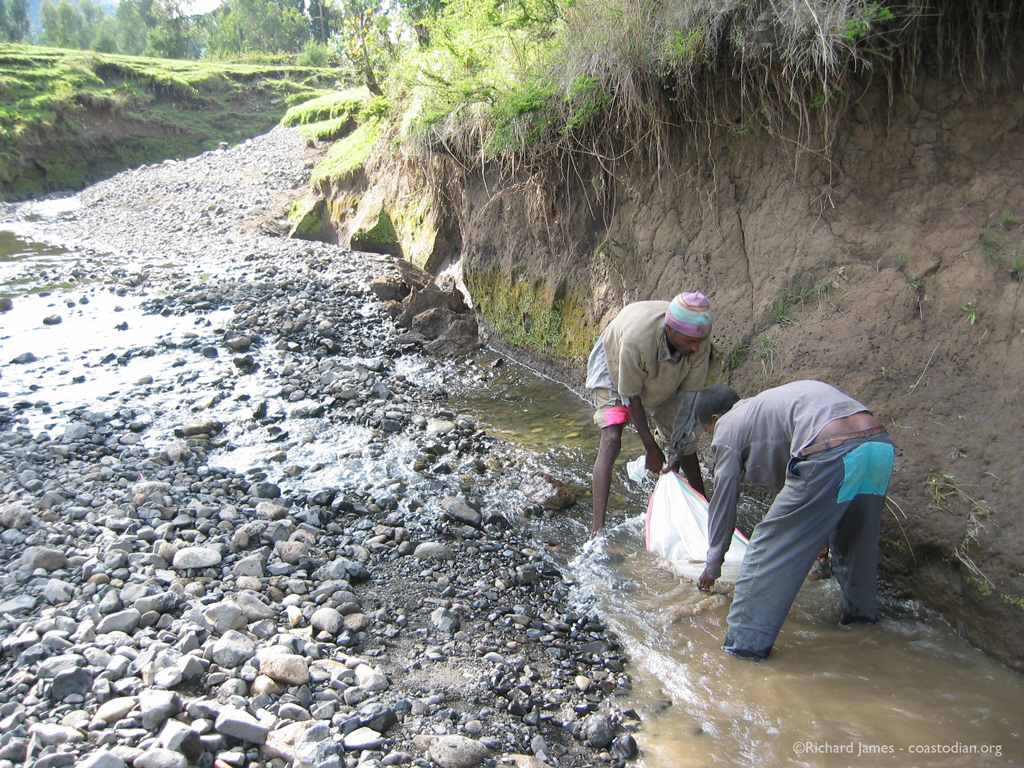Click on the words “DBOC Denied. Nature Affirmed!” to see this post in its entirety.
Seeing tires in Tomales Bay makes me sad. Seeing them in any body of water makes me sad. That humans can be so selfish to think it is ok to dispose of their trash in our collective treasures such as Tomales Bay is deeply troubling.
After posting about pulling four tires out of the muck (with some help, TYVM), I received some notes from readers. One from a person that works to eradicate non-native plants from our waterways. She told of seeing untold amounts of trash in SF Bay as she does her work. Another from someone that works in San Rafael and wanted to know of any tips I had for pulling tires from the muck. My tire knowledge is all learned on the job.
Pull up a chair and see my latest idea.
Not far from the most recent tires I recovered (read about that here), I found 8 more strewn about the landscape. Most of them in the muck of the bay, some close to shore. All huge tractor tires, bigger than those found on an 18-wheeler.
I did not want to wrestle those out of the mud, to the shore and up the hill to where park officials could take over to get them to a more suitable place.
After some thought, I was reminded of my time building foot-bridges in Ethiopia. We had to use what we found on site in the form of sand, water and rocks when we mixed concrete for foundations. The sand was usually dug out of the river we were bridging. Yet, it was very muddy, and muddy sand makes for weak concrete. So we had to wash it.
—
Click image for a larger version
—

Two women washing river sand in buckets. We mixed concrete on site with hand cracked gravel, locally hewn rocks, river water and cement that was trucked in and hand-carried to the work site. Keranyo, Addis Ababa
—
Click image for a larger version
—

Two women washing river sand in buckets. We mixed concrete on site with hand cracked gravel, locally hewn rocks, river water and cement that was trucked in and hand-carried to the work site. Keranyo, Addis Ababa
—
—
With two languages (English and Amharic) as a barrier, explaining the need to wash the sand was quite a task. Initially the locals were moving the sand to an area, washing it, then moving it to where we mixed it with gravel. Very inefficient.
After doing it the hard way for too long, I came upon an idea to reduce movement of dirty sand and wash it in place, in the river. I later had someone make some teaching aids in Amharic, one of them read “Let the water do the work“.
—
Click image for a larger version
—

Ethiopians washing a bag of sand in the river. When heavy rains come, this trickle turns to a torrent. Many lives are lost attempting to cross to get to school, market, clinic. Marye, Ethiopia.
—
Click image for a larger version
—

Ethiopians (and one yank) washing a bag of sand in the river. When heavy rains come, this trickle turns to a torrent. Many lives are lost attempting to cross to get to school, market, clinic. Marye, Ethiopia.
—
Click image for a larger version
—

Ethiopians washing a bag of sand in the river. When heavy rains come, this trickle turns to a torrent. Many lives are lost attempting to cross to get to school, market, clinic. Marye, Ethiopia.
With these memories in mind, I had an idea to let the water do the work with these tires.
I collected 4 large plastic fishing floats I had gathered off the outside beaches of Point Reyes, crab fishing rope from the same area, and a plastic trowel, again collected from the beach.
Along with these items I packed into a dry bag a portable electric drill, 4 batteries (my drill is old and the batteries don’t hold much charge), a 1/2 inch bit, a headlamp, towels, gloves and a knife.
With all of the above stowed in or on my scow (what I call my kayak), I paddled over to Millerton Point as both sun and tide were dropping.
Two tires came into view and I picked one to test my idea on. After carrying my tools across squishy, sticky mud to the tire, I walked back 100 feet to my scow and pulled it further away into deeper water to tie to a post from an old oyster fence. Having learned the hard way doing work during a dropping tide, I knew if I left my boat near the work-site, I’d be dragging it a hundred yards or more to water deep enough to float.
—
Click image for a larger version
—
—
Click image for a larger version
—
Using the drill, I bored two holes in four locations and secured the floats to the tire.
With my found trowel and bare hands, I then scooped probably 70 pounds of horribly stinky mud out of the tire to help it float. You can see some of the mud in the foreground of the last image with the floats attached.
—
Click image for a larger version
—
—
—
I’ve no idea if these four floats will float the tire and allow it to be brought to an area for extraction.
I hope the water will do the work and will go out tomorrow to see if the tides pushed this test tire away from where it has likely sat for many years.
If you want to see some bridge building, go here to visit the website of the NGO I volunteered with.
.
Next related post may be found here.
Previous related post may be found here.
See the first post in this series “Save our Tomales Bay” here.



